Read Costa Plus in a nutshell for more detailed information about cities, villages, nature, festivals and customs.
Anyone who has bought a house on the Costa Blanca or the Costa Cálida looks ahead to a relaxed future in which sun, sea and a casual lifestyle are central. And there is plenty to enjoy in our region. On the pages on our website dedicated to these costas and our Blog articles you can find numerous tips, suggestions and inspiration to make your life meaningful and enjoyable. But sometimes we want more. If you want to experience what Spain has to offer for a shorter or longer period of time, we want to show you around the Wonderful World of the rest of Spain. For example, did you know that after China and Italy, no country in the world has as many entries on UNESCO's list of recognized cultural heritage as Spain. In what follows some of the information will be (reasonably) familiar, but please be surprised by the hidden gems, the unexpected facts, the bizarre festivities and the breathtaking beauty of the rest of Spain. On this page we outline the broad outlines.
Spain has a long, rich and varied history. Tangible evidence of this can be found in abundance in many beautiful cities. All with their own story and all with special details that distinguish them from other cities. But that does not mean that the Spanish metropolises are frozen in a distant past. On the contrary. The Spanish cities are buzzing with contemporary vitality, thanks to the love for the good life of the residents. Clearly, they are helped in this by the blessings of the climate. That is why there are few places in the world where terrace life is as prolific as in the Spanish communities. This guarantees the ideal combination of active research and relaxed enjoyment with a drink and some tapas.
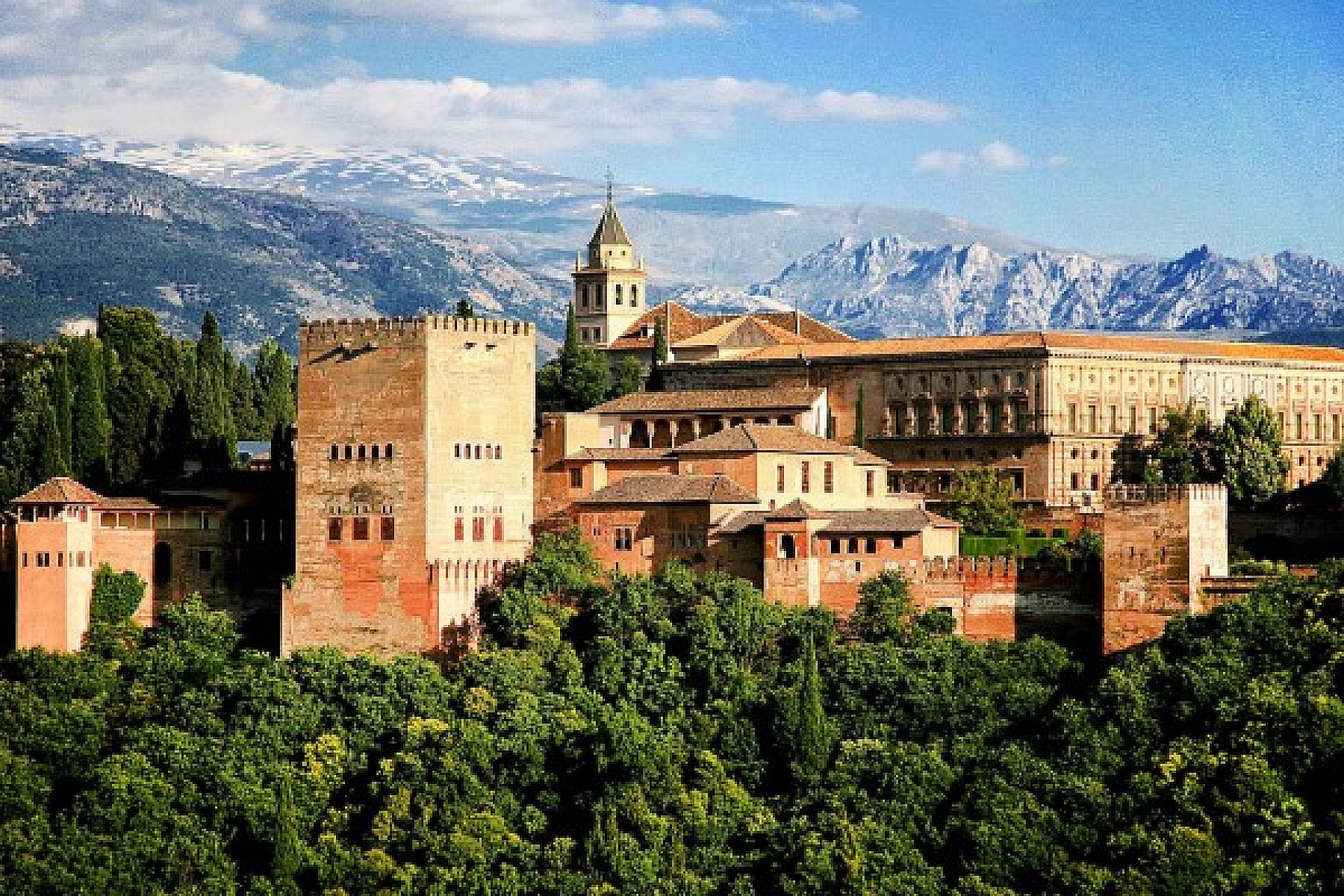
The cultural and historical highlights of Spanish cities are quite different. This is because the peoples, who occupied Spanish territories over the centuries, only left their mark on parts of the country. That explains why Moorish influences to the south of Madrid are still recognizable everywhere, while the northern provinces were largely spared. Of course, the traces left by the Roman rulers can be seen extensively throughout the country. On the other hand, seafaring nations that set foot before the Romans did not have the military strength to influence large parts of Spain. That is why the remains of the presence of Celts, Phoenicians and Greeks are often limited to relatively narrow coastal strips.
All in all, this makes Spain a patchwork of architectural influences and always gives visitors to the cities a different and surprising viewpoint.
Many of the most popular cities have built their tourism industry around the heritage of a distant past. For example, we associate Granada with the Alhambra Palace complex and Cordoba likes to advertise itself with the dazzling mosque-cum-cathedral. It is no different with cities such as Toledo and Seville. There too, the tourist industry is largely driven by the appeal of what ancient times spawned.
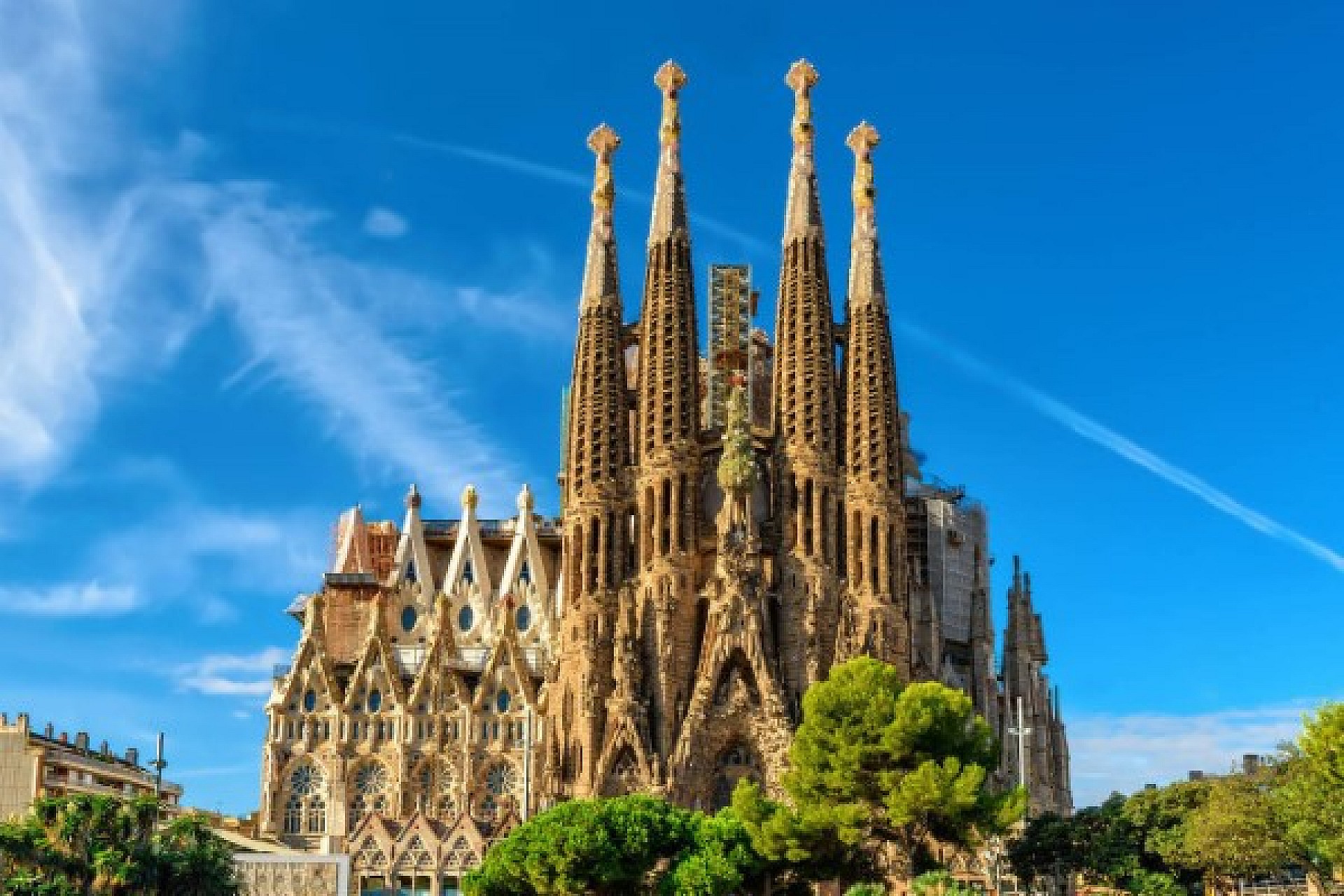
But more and more cities are mixing their past with more modern attractions. A good example of this is Barcelona. The walking area of the Ramblas and the cathedral La Sagrada Familia are two main reasons for a visit. When you think of Barcelona, you can hardly ignore the architectural wonders that Gaudi has left behind. The cathedral he designed and the various houses and the park Güell all sprouted from a brain that has as bizarre as daring ideas about beauty.
Valencia has become a melting pot of old and futuristic modern in recent decades. The traditional attractions of yesteryear are the cathedral, the old town, a basilica and two 15th century towers, which were part of the old city wall. Today, however, Valencia is especially popular for its ultra-modern 'City of Arts and Sciences', which includes a planetarium, an opera house and the largest aquarium in Europe.
Bilbao has been pushed up by the peoples with the arrival of the Gugenheim museum. Visitors from all over the world come to the city not only to admire the exhibits of modern art. The building itself has often been referred to as the most important building of the modern era, resembling 'a fantasy ship with wavy shapes clad in a titanium mantle'. Since the construction of the Gugenheim museum, Bilbao has carried out a series of other progressive projects.
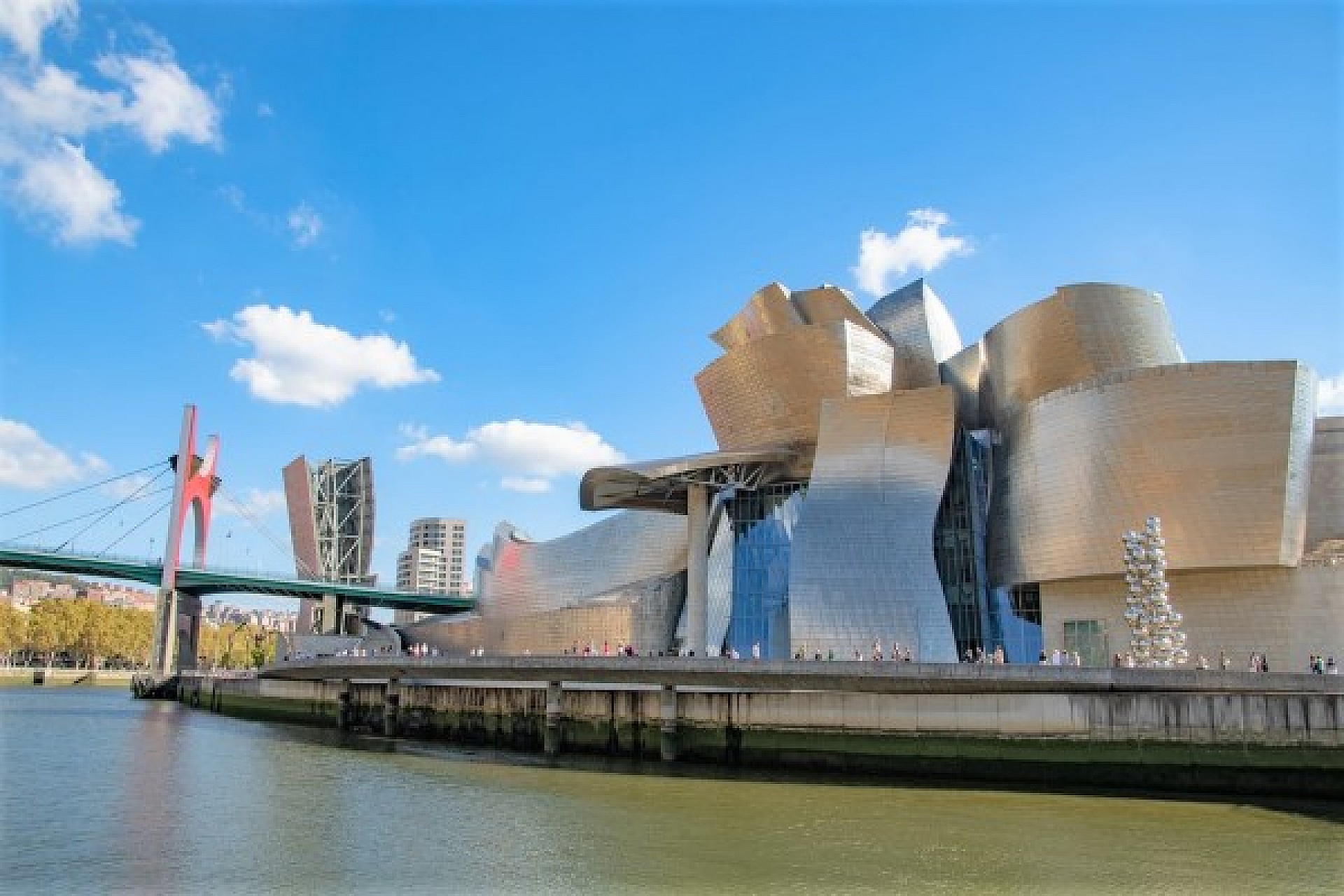
Other cities attract a large audience, because they have something special to offer. For example, Santiago de Campostela is a city where visitors come for its world-famous pilgrimage. Jerez de la Fontera has made a name for itself as a sherry city, while the horse dressage schools and associated shows and flamenco music also attract people to the city.
In almost all cities, the visitor can choose from many different ways to enjoy the offer. City tours with buses covering the main attractions are one way. Guided walking tours of the centers, which are sometimes free, are another way to discover a city. In addition, there is a growing number of tours, which focus on very specific aspects of life in that city.
Those who want to experience Spain in a lower gear can choose from visits to numerous idyllic villages, each with its own charm. Sleepy fishing villages, picturesque mountain communities, towns wedged between imposing hills all pass the review during a trip through Spain. Some villages are worth an extended visit, while others can be a fleeting interlude during a multi-day city tour. Places to escape the 'bombardment' of interesting heritage in the big cities.
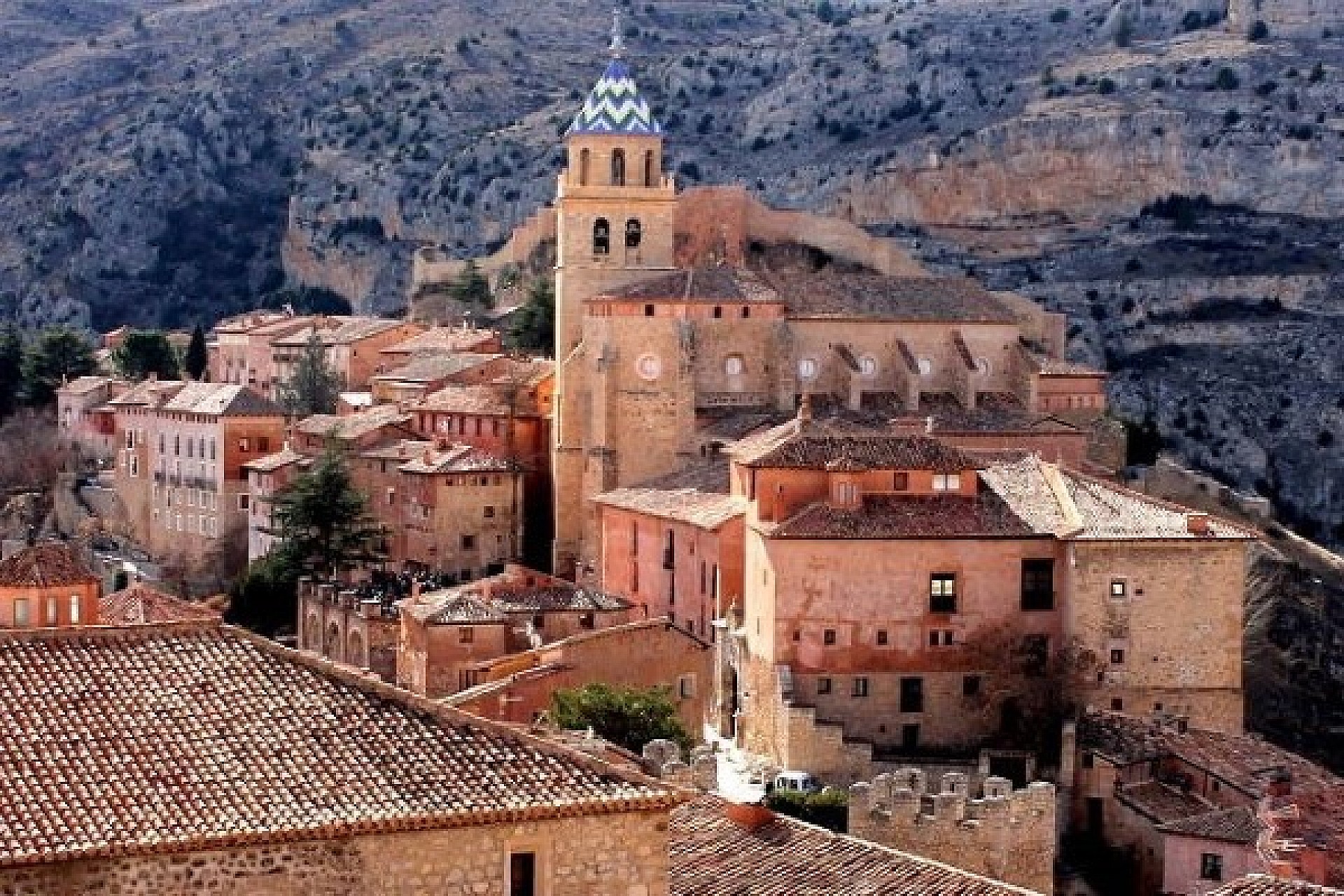
Albarracin in the province of Teruel has the honor of recently being named the most beautiful village in Spain by the major daily newspaper El Pais. From the village, which is wedged between mountains, beautiful views await visitors. The red-colored village has winding streets, a beautiful cathedral and an ancient defensive wall that is still completely intact.
Besalú in Catalonia has different irons in the fire. The arrival over the 12th century Roman bridge is nothing short of specatacular. In the small village the atmosphere of the Middle Ages still haunts with old Jewish baths and a restored monastery. Besalú is also known as the place where one of the finest collections of miniature art can be admired. How about a caravan of camels depicted in the eye of a needle?
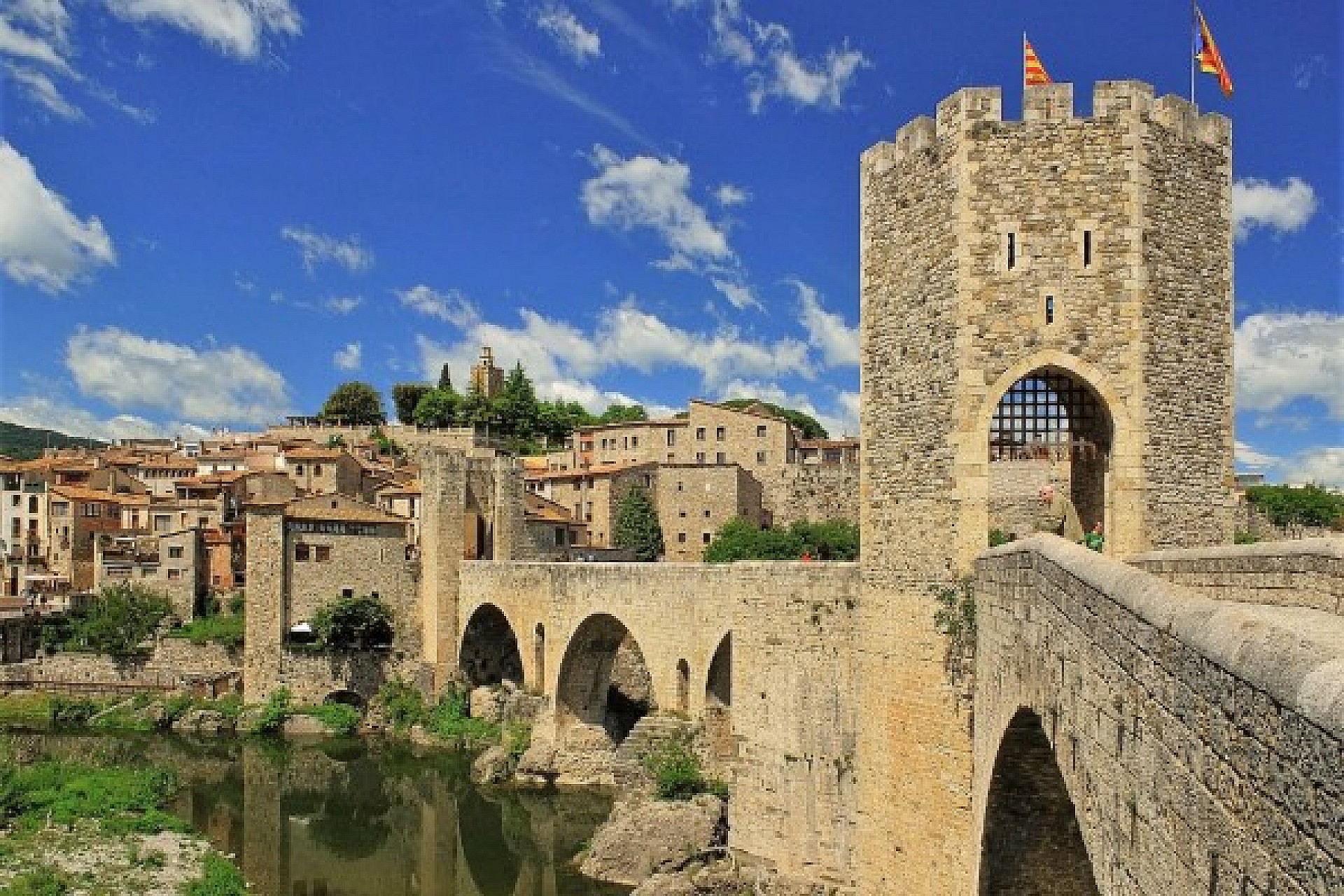
From the high village of Montefrio in Andalusia the olive fields reach as far as one can see. This makes sense, because olives are an important source of income here. In addition to its location, this village of whitewashed houses is particularly popular for the presence of a circular church, which is modeled after the famous Pantheon in Rome. It is the only church of its shape that has been built in Spain since Moorish rule.
Malpartida de Caceres is known in Spain and far beyond as the Stork Village. Near Portugal, white storks have massively built their nests there. Every year, more than 150 of the birds settle in the village and outside it to raise the next generation of storks.
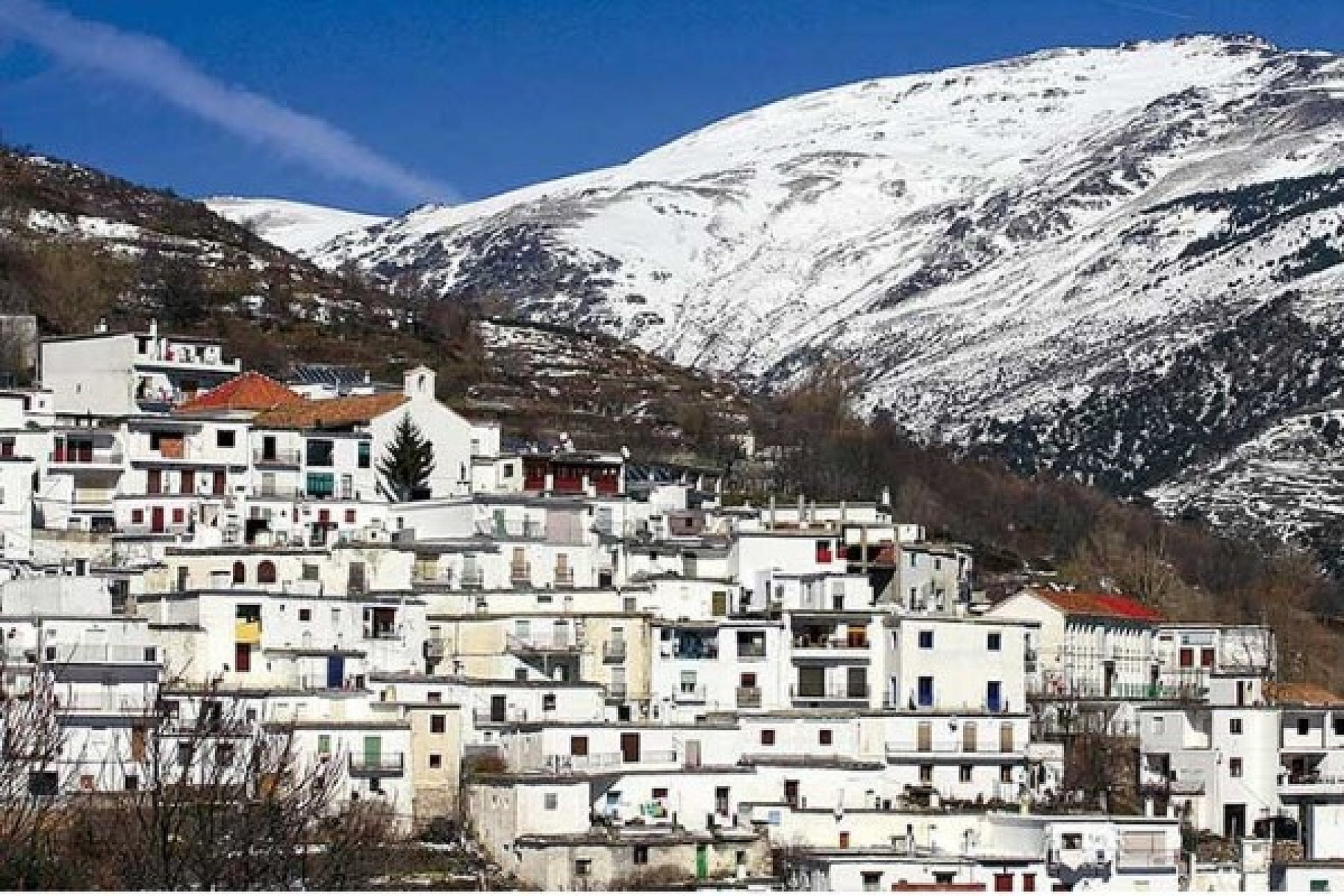
Trevélez is the highest village in Spain. In the Sierra Nevada, at an altitude of 1,600 meters, Trevélez is known as the village of the Serrano hams. These slow-ripening hams hang from the ceiling in almost all houses. The secret of the high quality of the hams is a combination of the dry mountain air with the rub with sea salt. Oh, and a lot of patience, because they have to hang for at least 23 months.
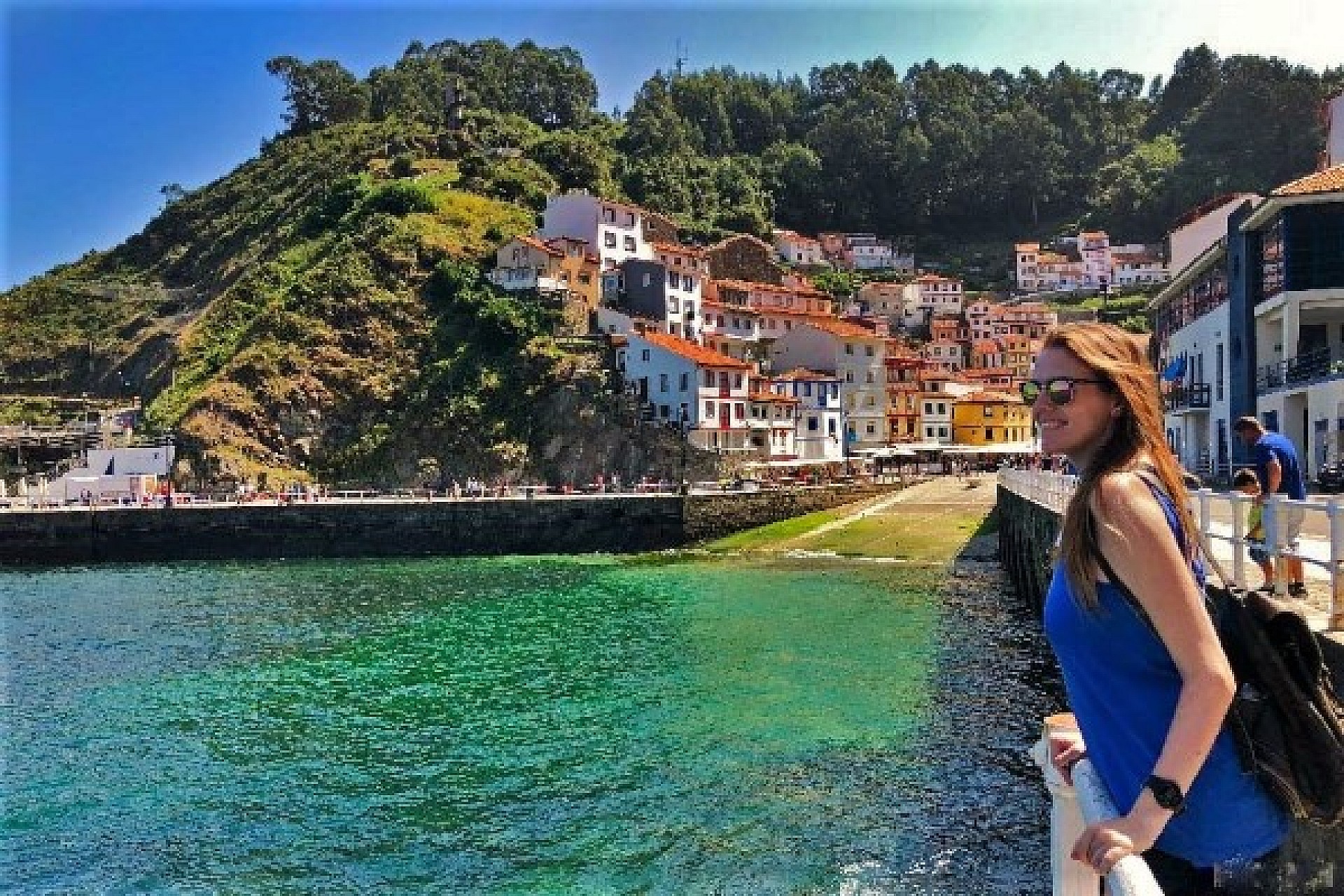
Cudillero in Asturias is such a village that has everything to completely unwind. A small bay with a multitude of terraces and restaurants, colored houses and cozy winding streets. It is not surprising that Cudillero regularly appears on the lists of the most beautiful Spanish villages.
Frigiliana is a white village on the Costa del Sol, which is one of the best preserved Moorish towns in Spain. Just ten kilometers away from popular Nerja, both villages can easily be combined on a day trip in that region. A visit to the popular Nerja caves should not be missed.
Cuenca is not a village, but a small town. Still, it deserves a place in this short list. The town in Castilla La Mancha is famous for two reasons. The first is the complex of 'hanging houses', which seem to balance dangerously on the edge of an abyss. Just outside the town is the second reason: the 'Enchanted City'. There nature has made strange creations in the rocks. With a little imagination, recognizable shapes such as a bridge, a mushroom or a hippo can be discovered.
Spain is a true paradise for nature lovers. Countless National Parks and Natural Parks can be found in every corner of the peninsula. The distinction between the two has to do with the degree of protection that these parks enjoy. Natural parks can also include villages with hotels or campsites, for example. Then there are hundreds of protected areas designated by the 17 autonomous provinces.
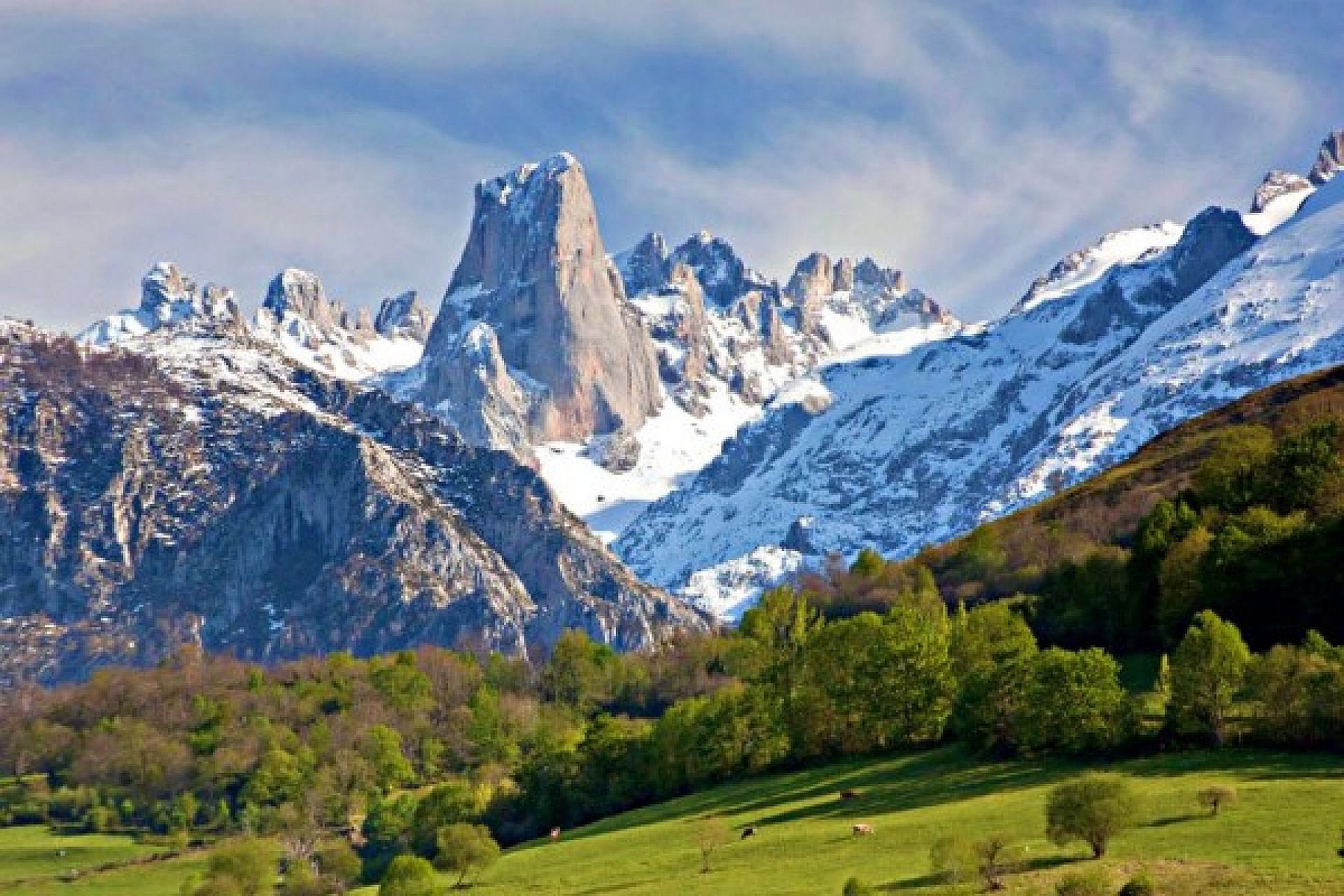
The most visited nature reserve in mainland Spain is Picos de Europa, which is located in the mountain range that covers the provinces of Asturias, Cantabria and Castilla & Leon. Picos has large oak and beech forests, which have been virtually untouched by humans for centuries. Additionally, the area is where some of the deepest cave formations in Europe can be found, such as the Torca del Cerro, which goes well over a mile underground.
Also in the north of Spain is the Irati forest, one of the largest and best preserved beech and spruce forests in Europe. Surrounded by the mountains of the Pyrenees in the province of Navarra, the forests compete in beauty with the meadows and waters in the area.
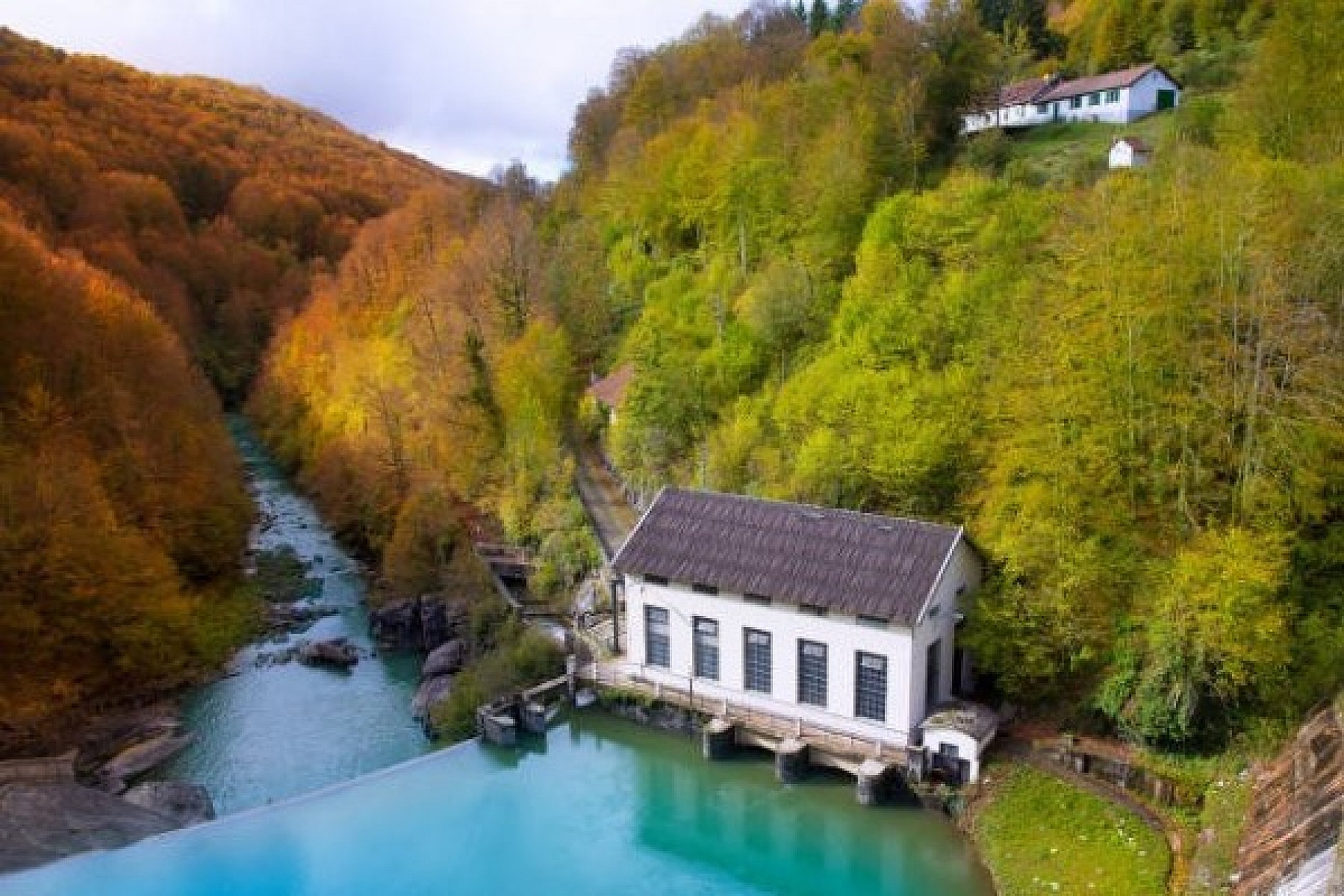
Las Médulas in Castilla and Leon is an area where ancient Roman gold mines are overgrown with chestnut and oak forests. Nature here, and especially the undergrowth, provides a colorful spectacle. The most beautiful colors can be admired in the spring and autumn months.
The Sierra de Grazalema park in Andalusia is one of the most humid and most beautiful mountain areas with a very rich bird life. With any luck, vultures can be seen. In addition, the park near Cadiz is popular because of the many limestone caves. Also known for a wide variety of birds of prey is the mountainous park of Monfrague in Extremadura.
Donana National Park in Andalusia's Guadalquivir River Delta is a favorite area where birds and mammals thrive. It is one of the most beautiful and diverse wetlands in Europe. In a day, the visitor can experience a multitude of eco-systems, such as pine forests, a swamp area, cliffs, a row of dunes, lagoons and a 30 kilometers long pristine sandy beach.
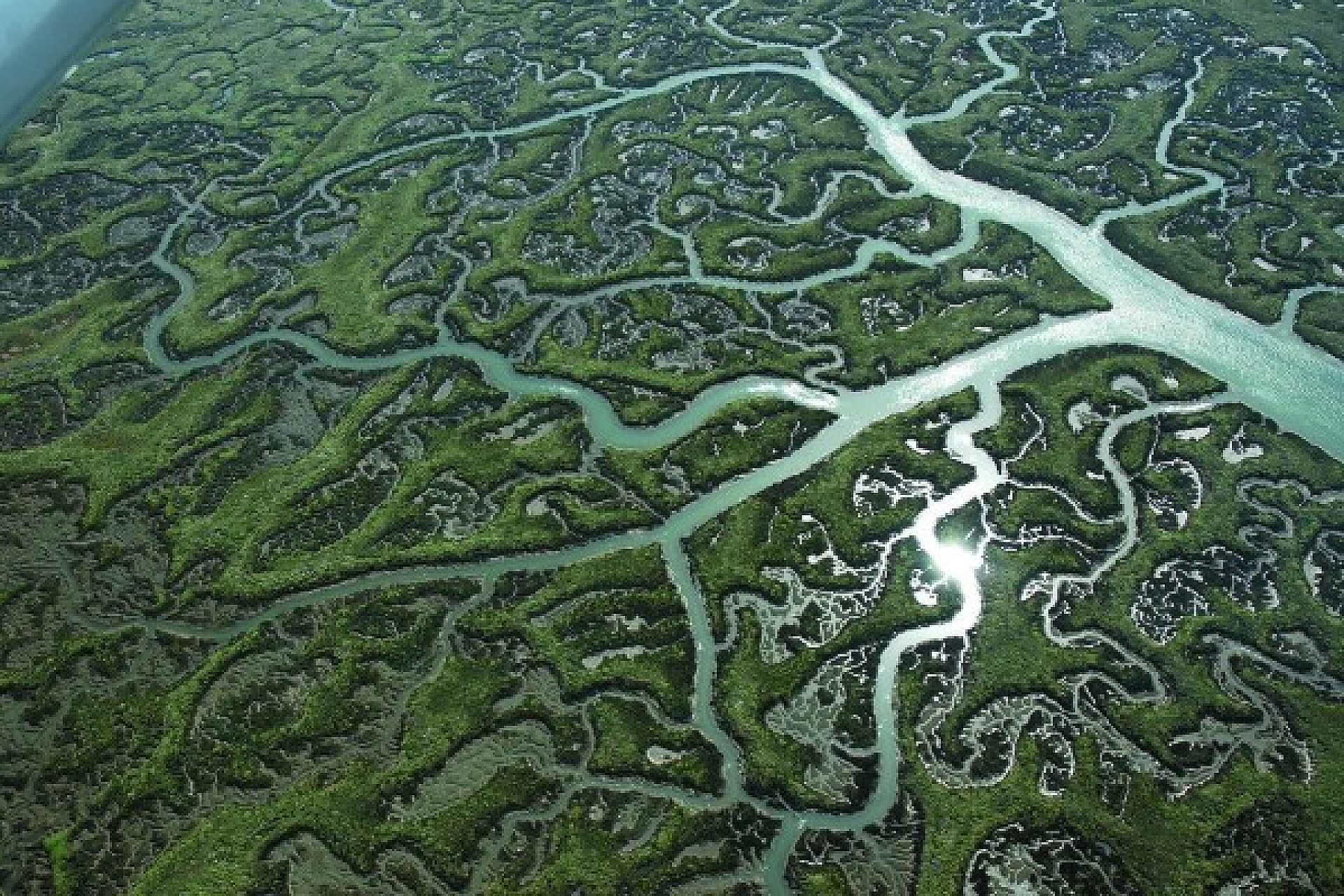
In addition to the areas, which have a certain protected status, there is also plenty to enjoy on a smaller scale of the great biodiversity in Spain. Legion of rivers, lakes, reservoirs, wetlands, semi-deserts, mountain ranges, ridges, caves (especially in the northern provinces) and steppes have a lot in store for nature lovers.
It is less known that Spain's flora is more varied than in the rest of Europe. Of the approximately 9,000 different plant species in Europe, around 8,000 occur in Spain. Of these, 2,000 are unique to the Iberian Peninsula. This is attributed to the fact that during the last Ice Age parts of the peninsula were not covered by ice. That is why many plant species that died in the rest of Europe survived.
Every country has strange celebrations. What should the rest of the world think of a Spanish bishop, who travels to the Netherlands by steamboat, seated on a fungus and, accompanied by so-called Zwarte Pieten, delivers gifts through chimneys to dear children. Naughty children go in a burlap bag and are taken back to Spain. But let's be honest, it all pales in comparison to the endless array of bizarre ideas that underlie the local and regional celebrations that Spain treats us to every year.
Some parties hark back to an age-old tradition, while other festivities seem to have originated mainly from a brain with a sense of the absurd. And if that attracts an audience and injects money into the local economy, all the better. It doesn't make those last parties any less fun.
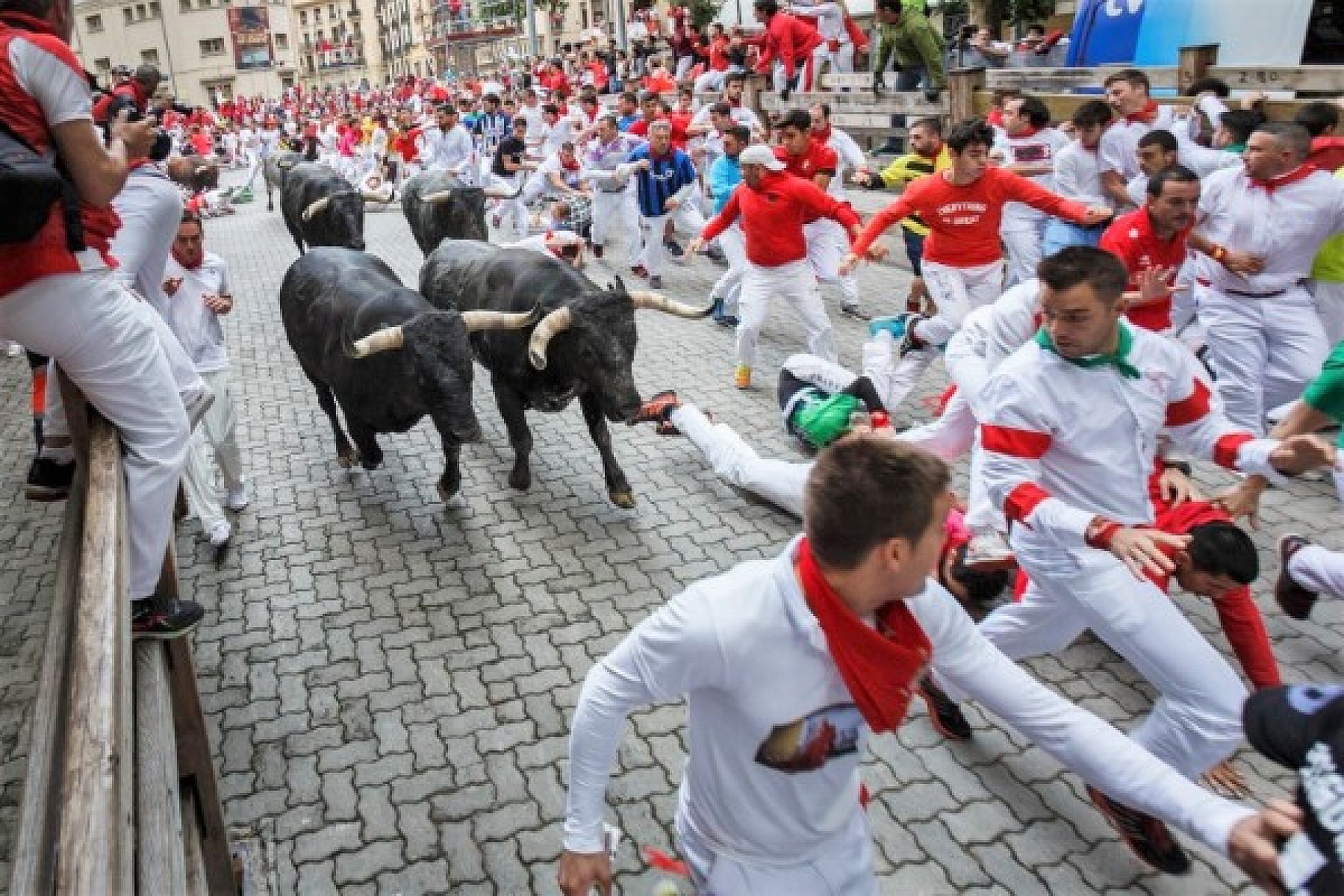
At least two strange festivals have now attracted international interest and will be familiar to most people: the annual bull run in Pamplona and the tomato fights in Buñol. Here is a summary of some of the less established, curious festivities that recur each year.
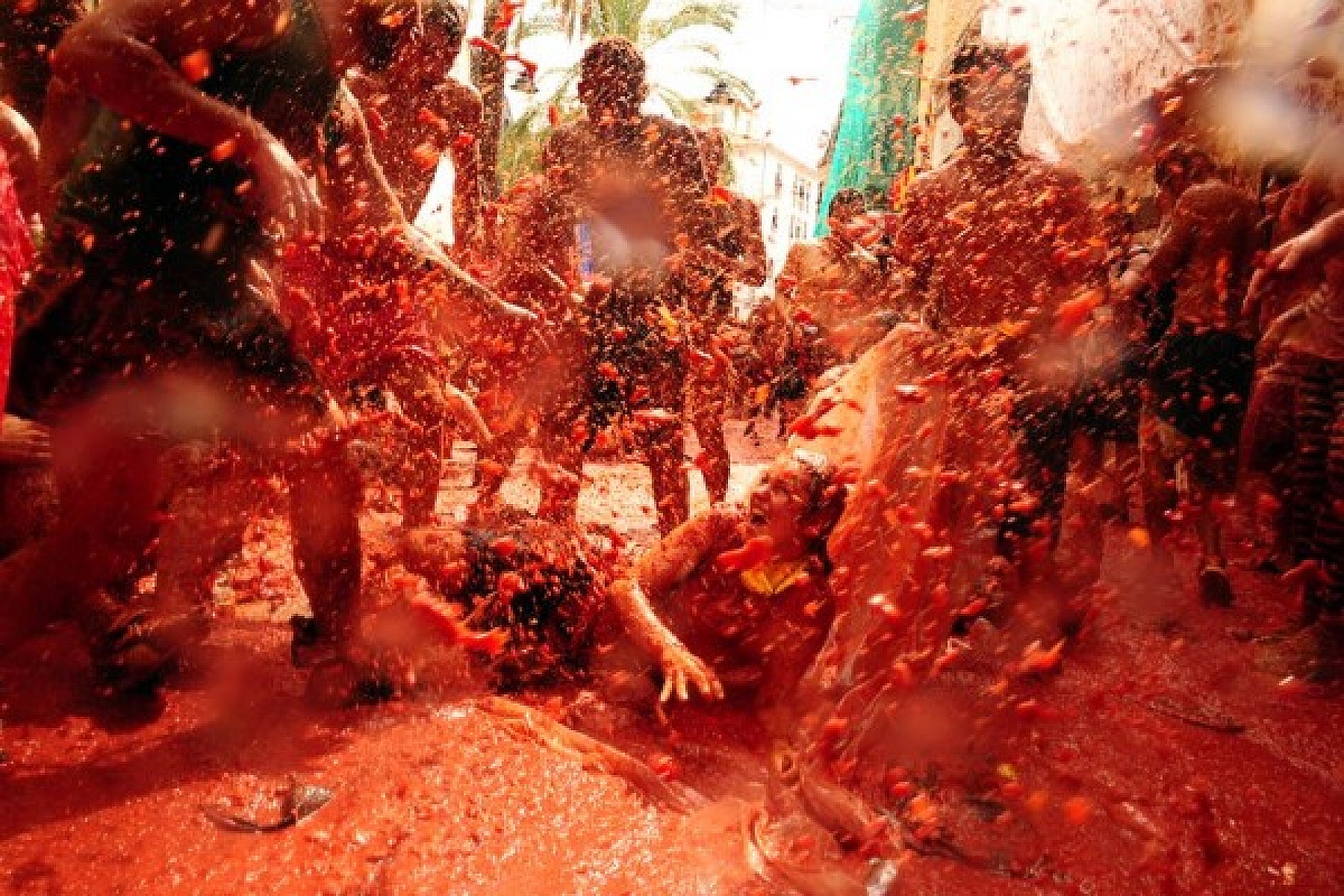
A rather macabre feast is that of Santa Marta de Ribarteme in the Galian village of As Nevas. The central theme is a parade through the village of coffins. Bit strange. But it only gets really macabre when you consider that there are living people in those coffins. Relatives of people who have had a near death experience carry the open coffins through the village to the church. This is a sign of gratitude to the Virgin Mary, who has given their loved ones a second chance.
After the parade it will be festive with live music, lots of food and fireworks.
From the old sick to babies. We have a party for that too. The festival for this is that of the Salto del Colacho in Castrillo de Murcia in the province of Burgos. After a procession, a pastor blesses the children born in the last year. The babies are then placed on cushions in the middle of the street, surrounded by an altar with flowers. The Colacho is a man dressed in red and yellow, who represents the devil. This character is mocked and insulted by the locals and is eventually forced to jump over the babies. The symbolism means that the babies are now free from evil spirits and will live a happy life.
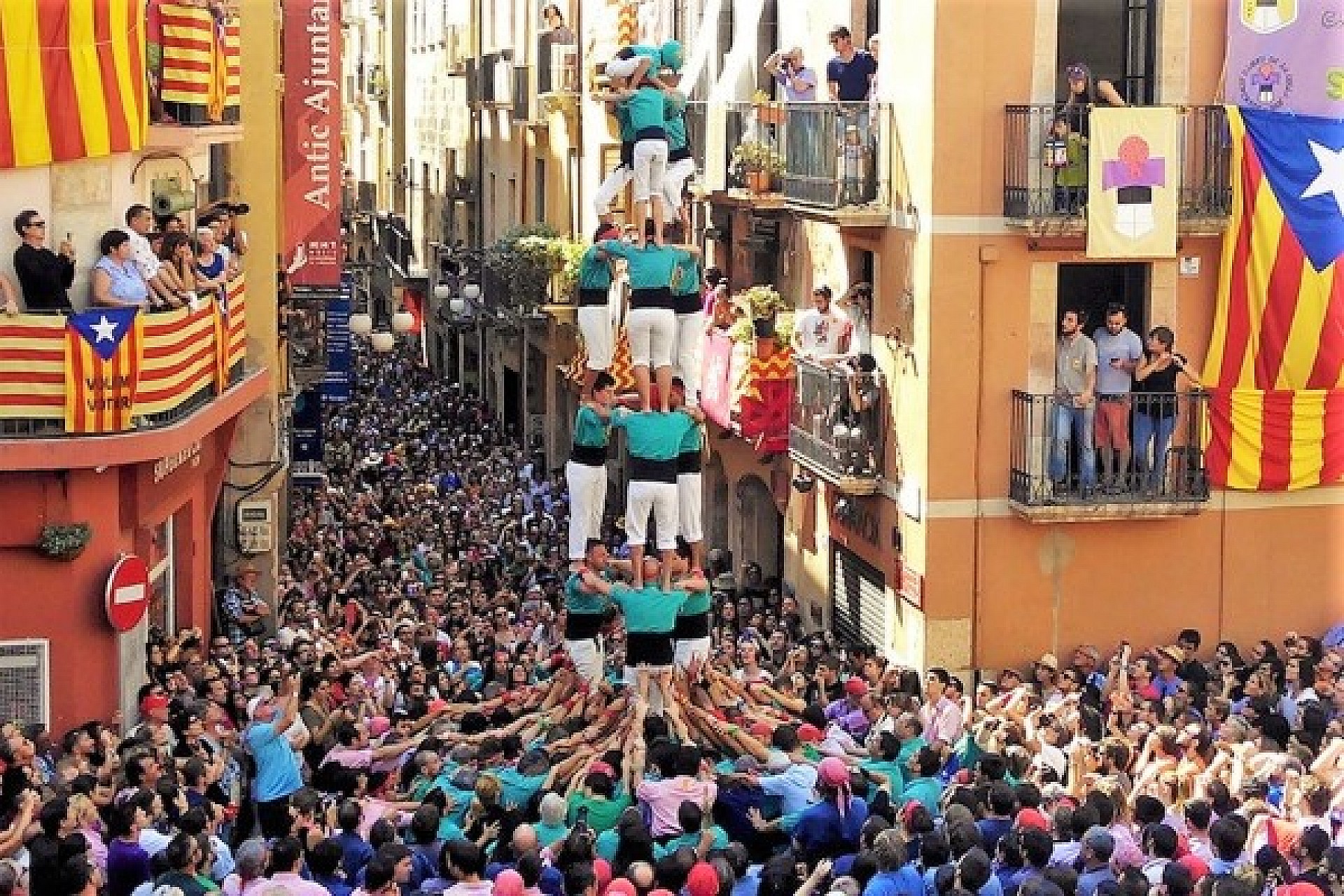
Tarragona is known as the world's largest festival of the human towers. Every other year the towers are built, which are more than ten meters high. The participants climb up with precision and then reach up to seven floors. It is not really dangerous, because the towers are surrounded by an enormous mass of people, who will break any fall. Other cities do something similar, such as Alicante.
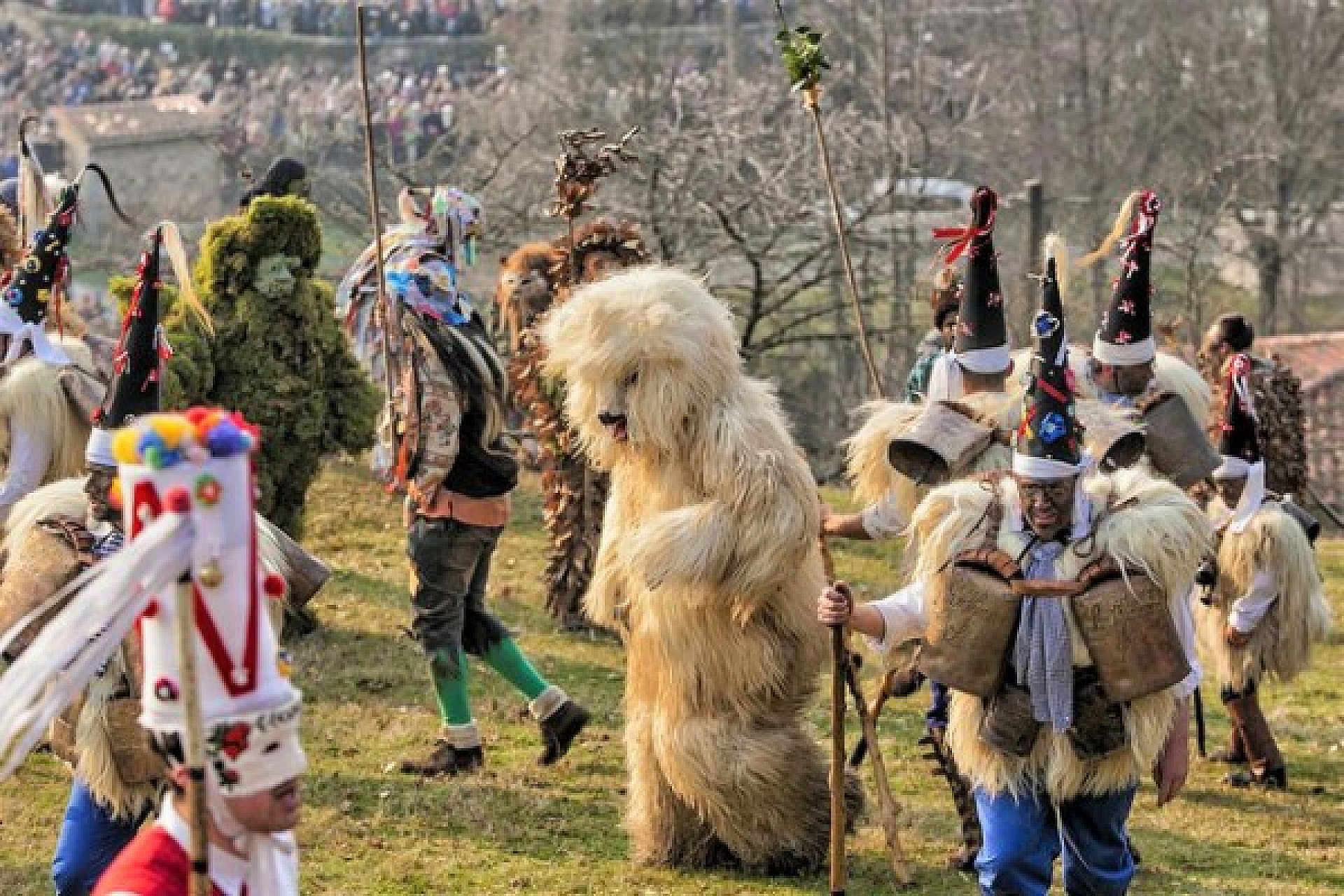
La Vijanera in Silio in Cantabria is held the first Sunday of the new year. This is a masked party where people walk around in this village like Zarramacos. Decked out in feathers, large cow bells and pointed hats, an imaginary bear is hunted, representing evil. Also in this mix of tradition, superstition and great fun, the victory of good over evil is central.
During the fiesta de la Filoxera in Penedés in Catalonia, giants with large heads dance in the village, while 'wasps' invade the community. What follows during the day is a battle between giants and wasps with a lot of fire and music. This celebration goes back to the late 20th century when a wasp plague completely changed the local winegrowing. That was the reason to focus on white grapes and later gava wines.
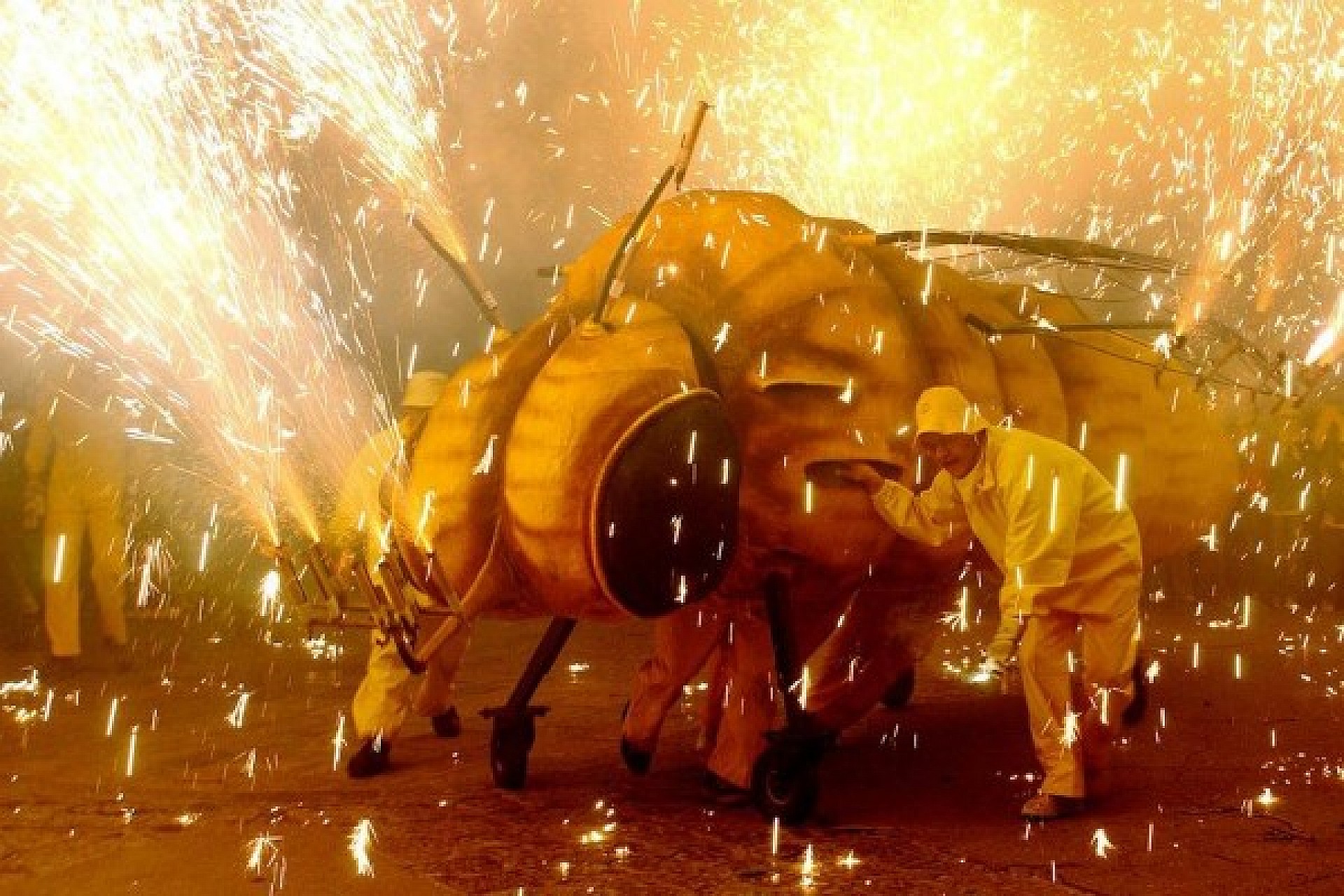
The festival of the Cascamorras in Guadix and Baza, in the province of Granada. is a funny and dirty party. Cascamorras is a multi-colored jester from Guadix who visits the neighboring village of Baza in September and wants to steal the image of the virgin of mercy there. The villagers try to prevent this and smear the thief with thick black paint and chase him. However, he may only take the virgin with him if he is not being caressed. Obviously, he can't and back in Guadix, an angry village awaits him, chasing him there too and making him dirty.
Read Costa Plus in a nutshell for more detailed information about cities, villages, nature, festivals and customs.